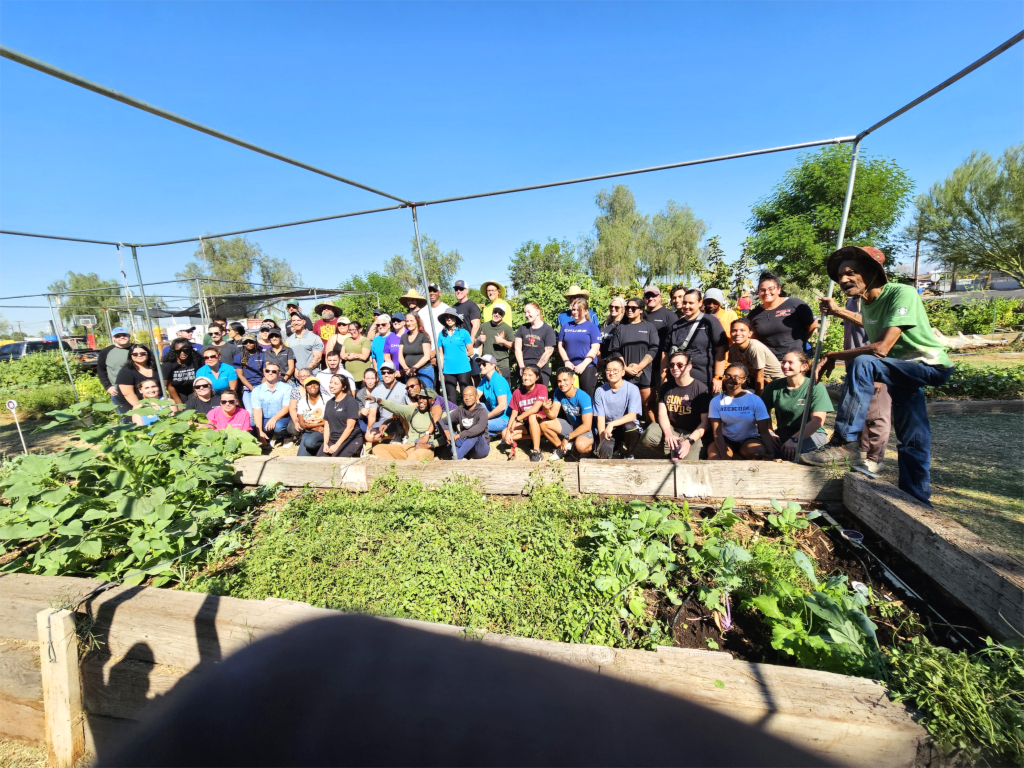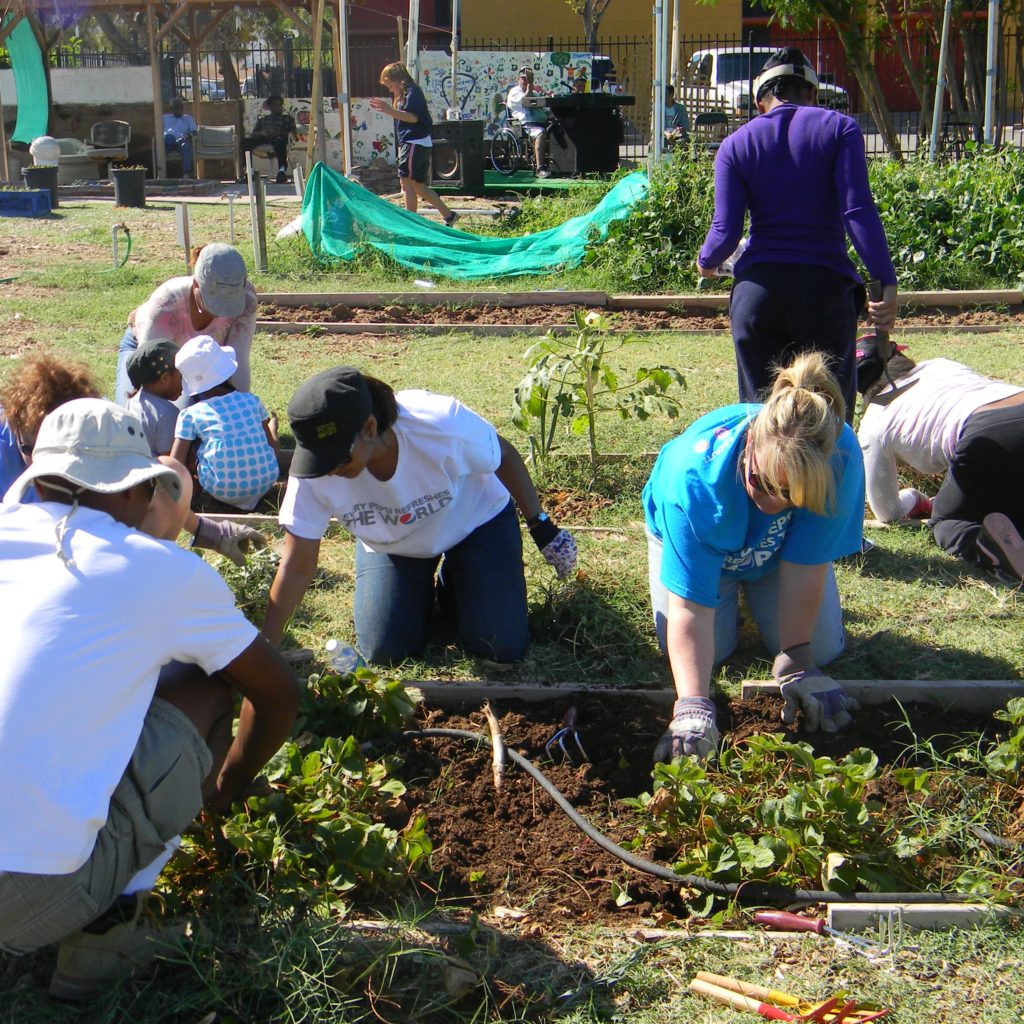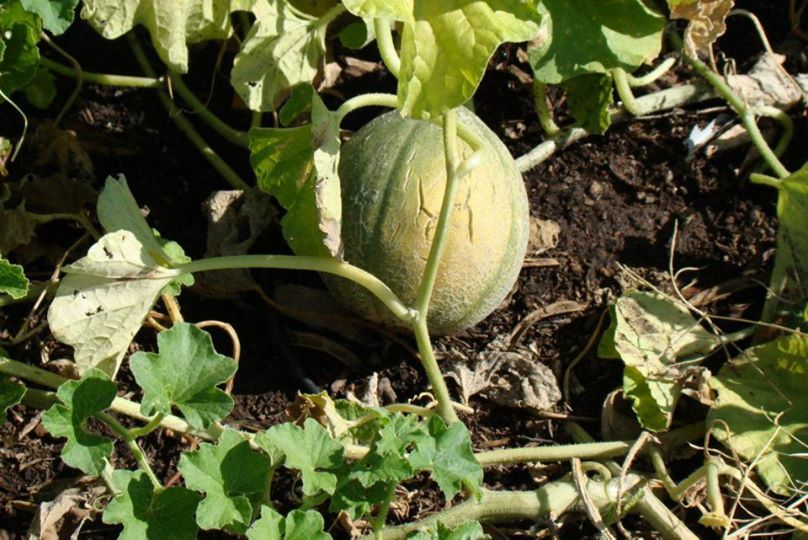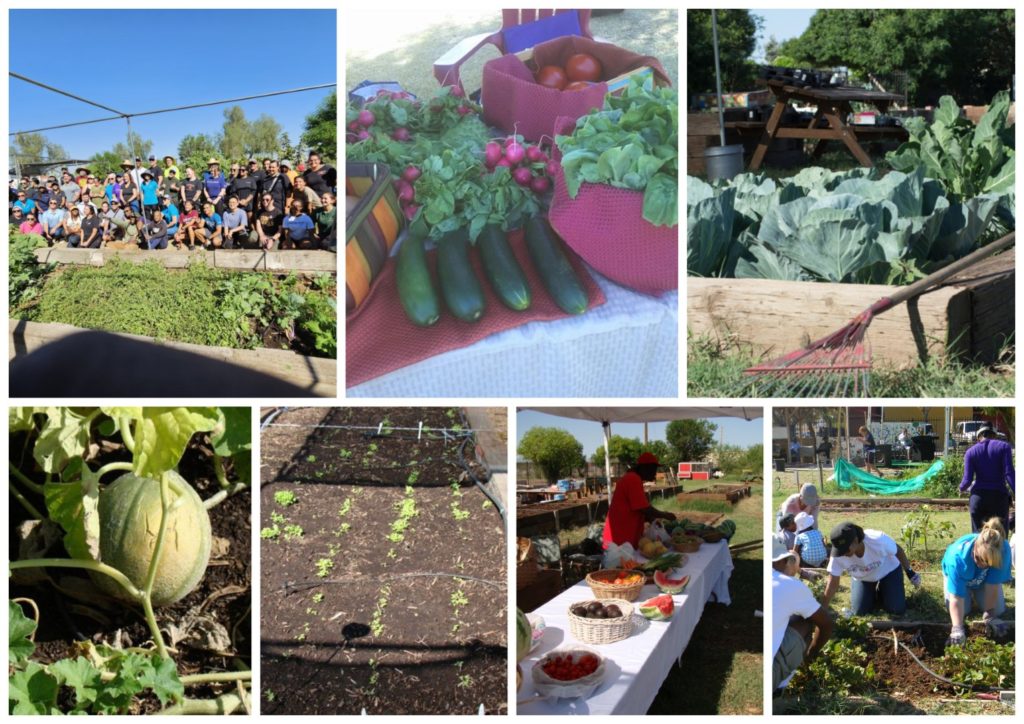
In the urban sprawl, community gardens have emerged as a fragrant oasis, cultivating not just fresh produce but also a sense of togetherness. These green havens serve as powerful symbols of local empowerment and sustainability. For the philanthropic at heart, donating to community gardens can be a way to see their goodwill blossom into something truly meaningful within their own community. In this blog, we’ll explore the profound impact that donations can bring to our local edible landscapes and share inspiring tales of growth that your donations could help achieve.


The Impact of Donations on Community Gardens
A resilient community garden is a testimony to the collective strength of individuals who donate their time, resources, and funds. For those considering making a financial contribution, it’s important to understand the ripple effect of your generosity. Your donation not only helps to maintain the garden’s operations but can also lead to initiatives that benefit the entire neighborhood. Education programs for sustainable living, accessible food for those in need, and infrastructure improvements are just few of the many blessings that follow from a donor’s act.
Community gardens are more than just places to grow food. They are educational platforms, where children can learn about the science of food growth, and where adults can be introduced to sustainable living practices. They also foster community cohesion, where the act of gardening together can break social barriers and form bonds. Your donation could enable a garden to host workshops, create signage for educational purposes, or employ community members, further enriching the fabric of the locality.


Cultivating Change – Success Stories
The impact of donations on community gardens can be profound, transforming dry, neglected plots of land into vibrant community assets. Across the nation, there are countless tales of community gardens that have flourished thanks to the support of donors. Take the story of Greenhaven Community Garden in Miami, FL, which, with the help of generous donors, was able to build wheelchair-accessible plant beds, allowing those with disabilities to participate in gardening activities for the first time. Such a seemingly small change radiated a wave of inclusivity and joy throughout the garden, touching the lives of many.
Another success story comes from FreshStart Community Garden in Spokane Valley, WA, which expanded its operations by acquiring an adjacent lot, thereby doubling its capacity to grow produce for local markets and food banks. Without the financial support of the community, this expansion would have remained a distant dream. This additional space not only increased the supply of fresh food but also generated more volunteer opportunities, uniting even more residents in the common goal of sustainability and health.

Planting a Seed – How to Donate to Community Gardens
The process of donating to community gardens is often straightforward, but it is essential to ensure that your contribution is impactful. The Tigermountain Foundation in Phoenix, AZ, has a wish list to continue their gardening maintenance, and Bridge of Kindness would like to help. This wish list makes giving clear and specific, where our donors know the tools will be provided for an important cause and to help the community. Donate here to help our spring mission!
In Conclusion – Considering the Garden in Your Giving
Community gardens are a microcosm of sustainable living, resilience, and community spirit. By directing your philanthropy towards these local beacons of hope, you’re not just aiding their growth but fostering the well-being of the very community you’re a part of. Every seed you help plant, every lesson you make possible, and every meal you enable to be put on the table, has a story behind it — a story of your compassion and the impact that it has made on someone’s life. Donating to community gardens isn’t just about the food—it’s about feeding the hungry soil that nourishes our society. Thank you for your kindness!
Bridge of Kindness
